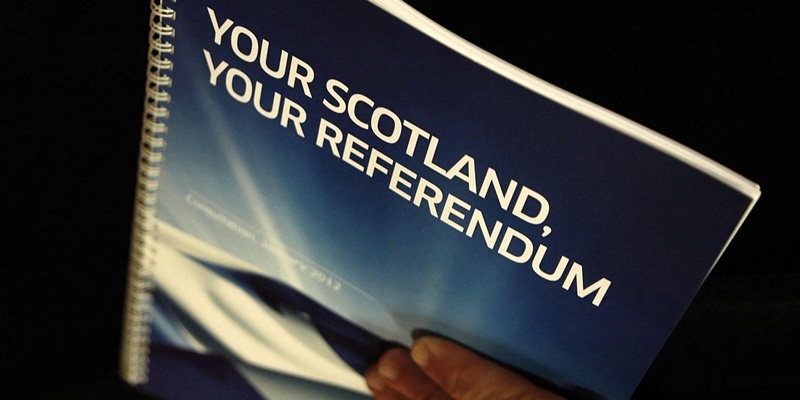Alex Salmond’s preferred wording for the independence referendum question is ”biased”, a committee of MPs has concluded.
The House of Commons’ Scottish Affairs Select Committee says the SNP Government’s proposed question ”Do you agree that Scotland should be an independent country?” is ”leading” and more likely to result in a ”yes” answer.
But the report has been attacked by the Scottish Government as ”devoid of credibility”.
The committee, which is largely made up of Labour, Conservative and Liberal Democrat MPs, has consulted a range of organisations including the Electoral Commission, Ipsos Mori, the Electoral Reform Society as well as several academics.
Committee chairman Ian Davidson said the evidence had shown the proposed wording was not acceptable.
”A range of witnesses, with different backgrounds and from different sides of past referenda, were unanimous in the opinion that the question, as currently proposed by the Scottish Government, is not fair,” said the Labour MP.
”The evidence we have heard shows clearly that the question as proposed would tend to lead the respondent towards the answer ‘yes’.”
He urged different political parties to work together to propose an alternative question that could be independently tested by the Electoral Commission.
But Scottish Government Cabinet Secretary for Parliamentary Business Bruce Crawford hit back, saying: ”The Scottish Government’s proposed referendum question is straightforward and fair and the ‘agree’ formulation was also used in Labour’s 1997 devolution referendum, and is the same wording used by the Tory/ Lib Dem coalition for local referendums in England.”
Photo by Danny Lawson/PA Wire
